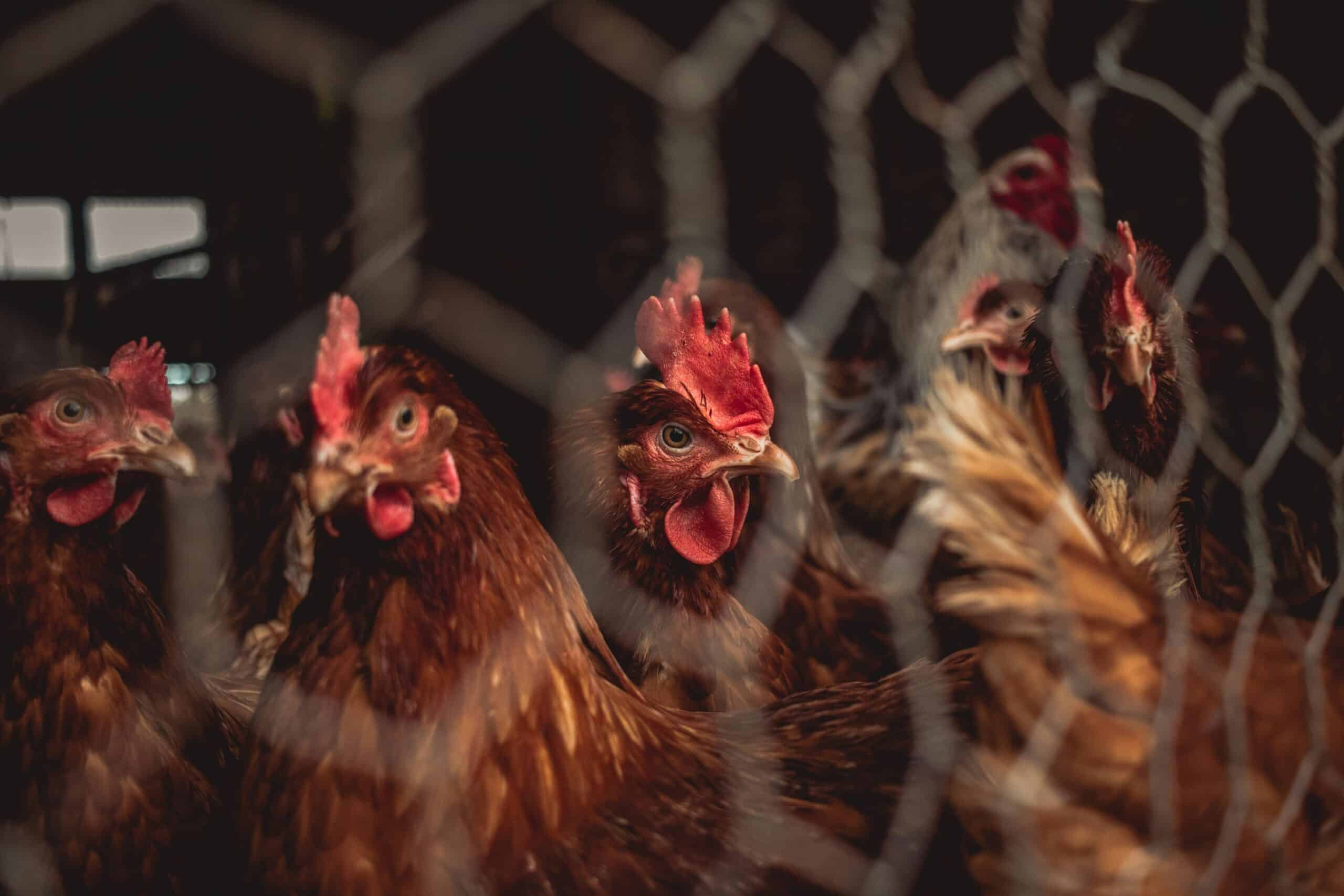Key Takeaways
- Base Molecular Resonance™ Technologies (BMRT) has developed a new disease detection system that can identify avian influenza in poultry in real time.
- Current containment methods rely on mass culling, with more than 166 million birds culled in the U.S., though testing data suggests only 5-10% may have been infected.
- BMRT’s non-invasive scanning technology aims to provide a more targeted approach, allowing for selective culling while maintaining disease control.
- The technology has been independently validated, with potential applications extending to other livestock species such as cattle and swine.
- The system is designed to improve efficiency in disease management, reducing the economic and environmental impact of current containment strategies.
Challenges in Avian Influenza Management
The poultry industry faces ongoing challenges due to avian influenza (bird flu), which has led to large-scale culling as a containment strategy. In the U.S., over 166 million birds have been culled to prevent the spread of the virus, though testing data indicates that only a small percentage were infected.
These measures have contributed to egg supply shortages and increased costs for producers and consumers, with egg prices rising from $2.50 to $5.63 per dozen in some areas. The economic impact extends to poultry farmers who experience financial losses due to flock reductions and broader disruptions in supply chains.
BMRT has introduced a non-invasive scanning technology that aims to address this issue by identifying infected birds in real time, allowing for a more precise containment approach.
“Our technology enables real-time detection, helping farmers and regulators make more informed decisions,” said Robert “Bo” Short, BMRT Co-Founder & CEO. “By scanning birds individually, we aim to reduce unnecessary culling while maintaining disease control efforts.”
Potential Benefits of Precision Scanning
BMRT’s Base Molecular Resonance™ (BMR™) technology is designed to detect disease at the molecular level in real time, providing an alternative to traditional mass culling approaches. The system aims to:
- Provide rapid and accurate detection of avian influenza in poultry.
- Reduce unnecessary culling of healthy birds while still controlling outbreaks.
- Minimize disruptions to food production and supply chains.
- Improve efficiency in disease management through targeted interventions.
By offering real-time scanning, BMRT’s technology seeks to enhance existing biosecurity measures in poultry operations.
Expansion to Other Livestock Applications
Beyond poultry, BMRT’s molecular resonance technology is being explored for potential use in detecting diseases in cattle, swine, and other livestock. If successfully adapted, the technology could assist in managing outbreaks of diseases such as Mad Cow Disease, African Swine Fever, and Foot-and-Mouth Disease.
“We are looking at broader applications for this technology beyond poultry,” said Lee Duke, BMRT Co-Founder & President. “The goal is to provide early detection solutions that could support disease management across multiple livestock industries.”
BMRT Independent Testing and Validation
BMRT’s system has undergone independent third-party validation through a study conducted by the Center for Applied Innovation at York St. John University in England. The study tested the technology’s ability to detect various substances with 100% accuracy, with no recorded false positives or false negatives.
BMRT states that the same level of accuracy applies to disease detection in poultry and other livestock, which could provide additional tools for producers and regulators in managing disease outbreaks.


